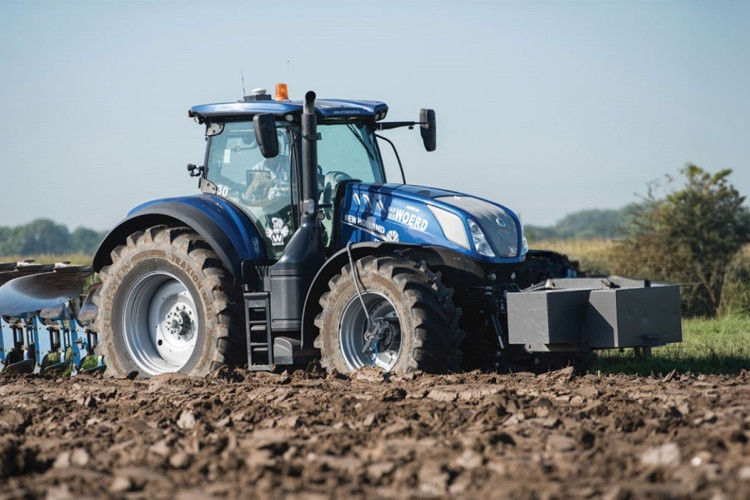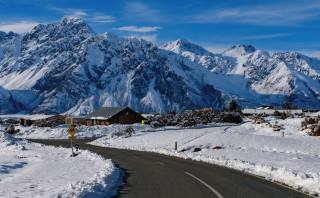NZ rules for winter tyres
With winter starting to bite, the subject of winter tyres is likely to come up in a few conversations. If you’re a bit confused about what they are and the legalities of using them in New Zealand, then read on.
What are winter tyres?
Winter tyres have been specifically designed to operate in colder climates. They tend to have a higher natural rubber content. This softer structure allows them to remain flexible, even at lower temperatures, translating to better grip in the cold.
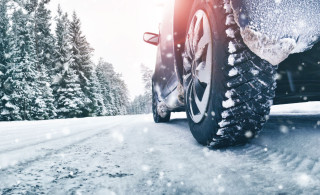
How do winter tyres work?
Winter tyres will have tiny grooves, or sipes, which allow the tyre to disperse water at a better rate, retaining traction and bite. The tread grooves are also deeper than on normal tyres. These grooves can fill with snow and, according to some manufacturers, nothing provides better traction than snow on snow. So when the grooves fill up with snow, they actually provide more grip.
Whilst most people think of snow when discussing winter tyres, their grooves and gripping edges mean they perform okay in wet conditions as well - just as long as the conditions are cold. In warmer weather, snow tyres provide significantly less road traction than standard tyres.

How can you tell if a tyre is a winter tyre?
They’ll be some tell-tale clues. Well, not so much a clue as some rather distinct marking on the tyre. Winter tyres will have a snowflake and mountain symbol on the sidewall of the tyre. They may also have the word ‘studless’ written on it. They also have a distinctive-looking deeply grooved and usually directional tread pattern, but if you’re not looking at tyres every day then we recommend checking for the snowflake and mountain symbol instead.
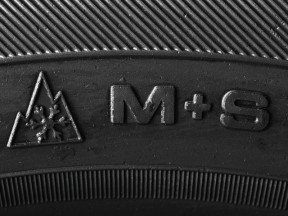
Does M+S mean it’s a winter tyre?
No, not necessarily. M+S stands for “Mud & Snow” and it indicates that the tyre will likely perform better than average in winter conditions. But M+S markings are just as likely to be on All-Season tyres which are also designed to perform fine in summer conditions. If it doesn’t have the snowflake and mountain symbol, it’s not a true winter tyre.
What are the rules in NZ for winter tyre use?
There are a few things to be aware of when using winter tyres in NZ. The NZTA provides some great information in a pamphlet that can be found here. Some key things to be aware of:
- Since April 1 2010, it is illegal to have mixed tyres on a vehicle. This means you cannot fit winter tyres to anything other than all 4 wheels. The reason for this is one of safety. As winter tyres provide different grip from summer tyres, mixing them on the front and rear axles can result in handling difficulties. The imbalance may make the vehicle more difficult to control when cornering or in sudden braking.
- You also need to be aware of different minimum tread requirements. Whereas a normal summer tyre needs just 1.5mm of tread (although you no doubt know our views on that by now), a winter tyre requires a minimum tread depth of 4mm.
There’s room for some confusion here too. A number of All Terrain tyres have the snowflake symbol on the sidewall because they perform well in lower temperatures. But these are genuine all-terrain tyres rather than winter tyres. So they’re not subject to the 4mm minimum rule. Confused? That’s okay, some testing stations are too. However, your local tyre dealer will be able to provide the evidence needed to allow you to run the tyres below that 4mm threshold. For reference - If you have any of the following tyres - they’re not subject to the winter tyre rules.
-
Maxxis Razr AT811
-
General Grabber AT2
-
General Grabber AT3
-
Rovelo Ridgetrak AT
-
Rovelo Terramax AT
So...do you need Winter tyres?
It depends. There is no legal requirement in NZ to have winter tyres. In most places in New Zealand, it doesn’t make sense and in fact, they’re likely to be more dangerous than advantageous. In a handful of spots in NZ, (for example, if you’re working at a ski field over the winter months), they could definitely be handy. Just be aware that they’re not designed for temperatures over 7 degrees Celsius and they will wear quickly if used in warm temperatures - and keep in mind that there have been some calls to ban them in NZ altogether.
A couple of final points on winter tyres
If you are going to have winter tyres and use them, it’s going to be a lot simpler if you buy a second set of wheels. It’s much easier to just swap wheels over rather than constantly taking tyres on and off a wheel, which may damage the tyre.
Also, keep a note of the age of any winter tyres you use. If you use them sparingly, whilst they may still meet tread depth requirements, they will eventually harden slightly, reducing their effectiveness in cold temperatures. Indeed, the NZTA notes that many vehicle manufacturers recommend any tyres older than 7 years old should not be used on the road.
As always, stay safe out there.
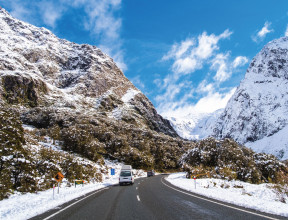
Are you prepared for winter?
Shorter daylights, rain, ice, snow... we can help you find the right tyre for you.
-
Topics:
- Road Safety
More tips and articles
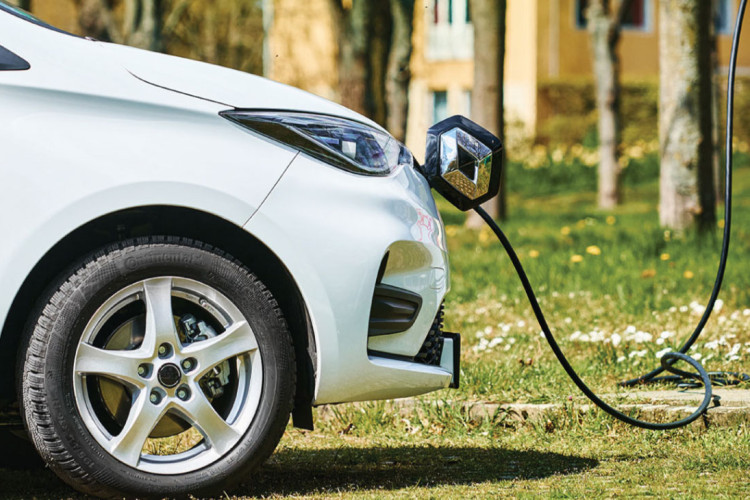
Tyres for Electric Vehicles
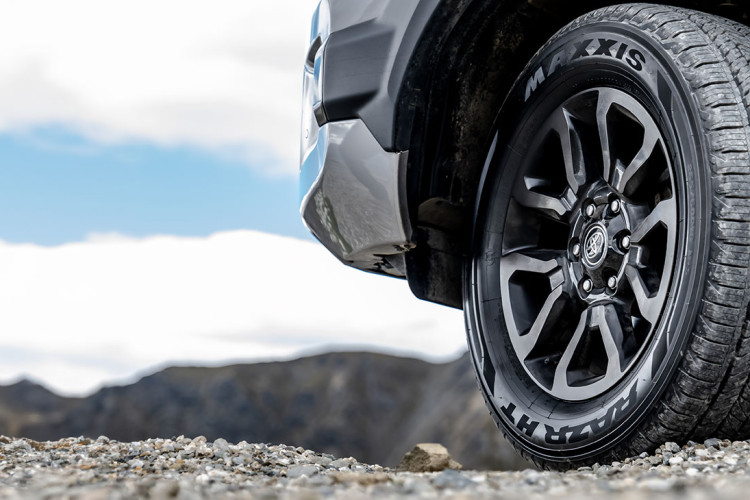
Product Spotlight:
Maxxis HT780 RAZR HT
